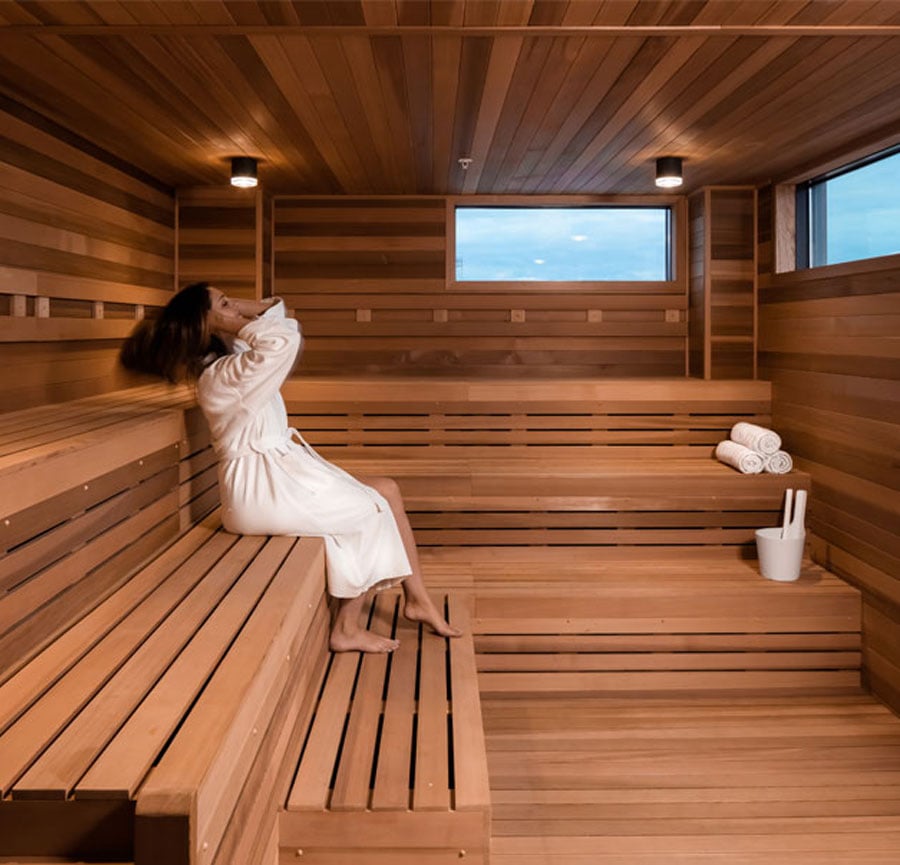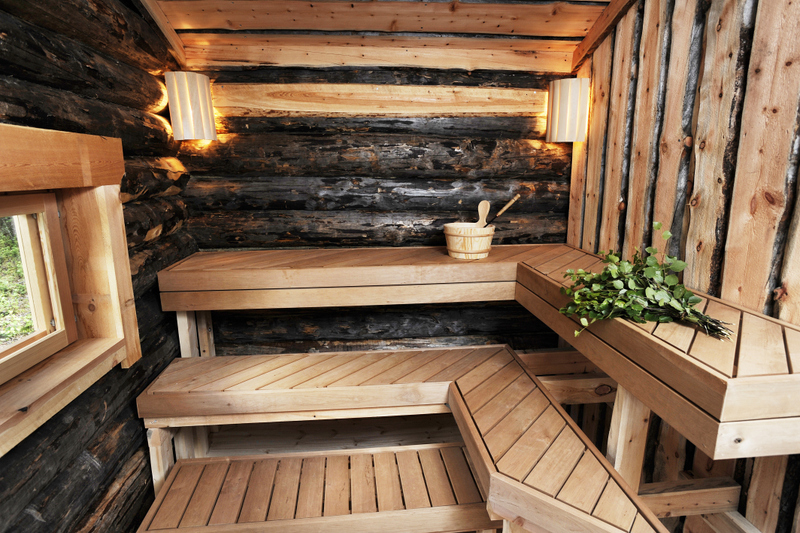Getting My Traditional Sauna To Work
Table of ContentsTraditional Sauna Fundamentals ExplainedNot known Facts About Traditional SaunaGetting My Traditional Sauna To WorkIndicators on Traditional Sauna You Need To KnowAll about Traditional Sauna
A lot of the weight shed in a sauna is water loss and is re-gained upon rehydrating. Nonetheless, undeniably sauna can be an integral part of a healthy weight management program. To check out the distinctions between traditional and IR saunas, I will divide these into proven, academic, and produced differences.Hence, the hottest factor in the saunawhich goes to the ceiling straight over the sauna heateris commonly in between 185 and 190 F. Claims that a conventional sauna exceeds 200 F is simply not real and not appropriate for electrical saunas sold in the United States. The temperature for a far-infrared sauna is generally set between 120 and 140 F; however, unlike the typical sauna, the goal in and IR room is not to attain a high temperature level.
Due to this, the temperature level distinction is nearly pointless, because profuse sweating causes both sauna types, but the approach of heating up the body is different. In an IR sauna the bather will certainly really feel hot and will sweat a lot, but at a lot reduced temperature levels (Traditional Sauna). Therefore, if the objective is to spend longer periods of time in the sauna, the IR sauna is an excellent option
When a conventional sauna has actually been properly heated up, the sauna wall surfaces are warm, the air temperature level has actually attained set temperature and the rocks are extremely warmed. As an interesting side note, the heated wall surfaces and the rocks are producing far-infrared warmth, combined with the heated air, to produce an "wrapping up warmth".
How Traditional Sauna can Save You Time, Stress, and Money.

When the high temperature is attained, the aspects cycle on and off to keep the high temperature level. A lot of typical sauna customers appreciate putting water over the rocks to develop heavy steam to raise sauna humidity degrees. The benefits of pouring water over the rocks consist of: making the space a lot more comfy, dampening the nasal flows, and permitting the usage of aromatherapy by mixing necessary oils with the water.

When the energy gets in the body, it triggers the body temperature to raise and eventually leads to sweat. In an infrared sauna it is essential for the emitters/heaters to continue to be on nearly continuously. Since there is no mass of rocks to maintain heat, the sauna will certainly cool down if the emitters shut down.
As mentioned over, the sauna bather in an infrared area wishes to place himself in front of running emitters to get optimal advantage from the warm. The home heating time for both areas can be extremely various, depending upon how the areas are made use of. For a typical sauna, a bather must permit 30-40 mins for the area to accomplish a wanted temperature and to effectively pre-heat the rocks.
The Best Strategy To Use For Traditional Sauna
A well created sauna will commonly achieve a temperature of 150-160 F in about 30-40 mins. For hotter temperature levels, the room may need to heat for a longer period. As soon as the area attains established temperature level, the heater will cycle on and off, typically operating concerning 50% of the time. The shielded wall surfaces and the heated rocks will keep the space hot and at secure temperature levels.

Standard saunas have a tendency to be bigger (hence use why not look here even more electrical energy) than infrared saunas, although traditional saunas are absolutely available in one and 2 person dimensions. For a two-person conventional sauna, 5x6 or 5x7 dimension is most popular. The leading bench can comfortably seat 2 or three individuals and is also enough time to exist down during the sauna session.
Traditional Sauna - An Overview
The average expense per kWH of electricity in the U.S. is around $0.11, so a 4.5 kW heater will cost roughly $.50 to run for one hour, if the heater runs constantly for one hour. Generally a sauna heater will certainly compete 75% of the first hour and 50% of subsequent hours on since the aspects cycle once the visit established temperature level is attained.

There is a rarely talked about distinction in the social experience between the 2 spaces. While our culture has actually shed some of the social advantage of the standard sauna experience, it can be extremely socially satisfying (Traditional Sauna). From family time in the sauna, to heart-felt discussions with better halves, to sauna partiesthe conventional sauna experience can bring Read Full Article about intimate interacting socially
10 Simple Techniques For Traditional Sauna
The majority of higher end infrared spaces consist of tinted light therapy, audio systems and full-glass fronts.